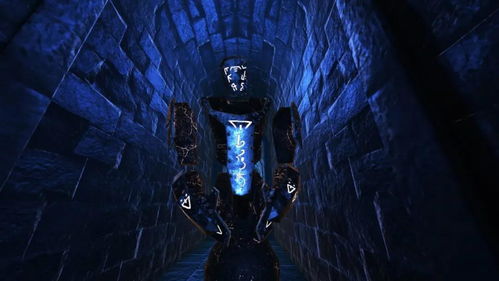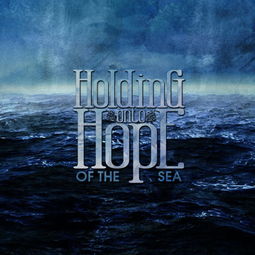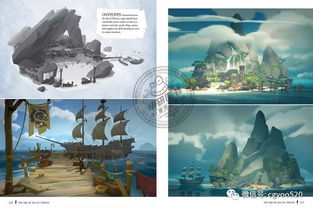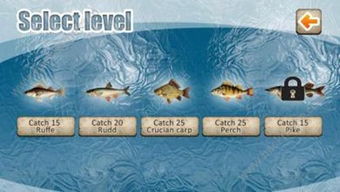Introduction:
The world of fishing is vast and varied, offering anglers countless opportunities to hone their skills and enjoy the tranquility of the water. One of the most challenging yet rewarding aspects of fishing is mastering the art of catching fish at the cut, where the current meets the still water. This article aims to provide you with a comprehensive guide to fishing techniques, focusing on how to effectively catch fish at the cut. Whether you are a seasoned angler or a beginner, these tips and tricks will help you improve your chances of success on the water.
Understanding the Cut:
Before diving into the techniques, it's crucial to understand what a cut is. A cut is a point where a river or stream's current meets a still body of water, such as a pond or lake. This area is often rich in fish, as it provides a natural feeding ground where insects and other prey get trapped in the slower current.
Equipment Selection:
To effectively fish the cut, you'll need the right equipment. Here's a list of essential gear:
- Rod and Reel: A medium-heavy action rod with a fast reel is ideal for handling the currents and ensuring a strong hookset.
- Line: Use a monofilament line with a breaking strength of 10-15 pounds to handle the currents and potential strikes from larger fish.
- Lures and Baits: Soft plastics, spinnerbaits, and live bait like worms or minnows are effective choices for fishing the cut.
- Leader and Hook: A leader of 18-24 inches with a strong hook (sizes 4-6) is sufficient for most situations.
Techniques for Catching Fish at the Cut:
Locating the Cut:

- Observe the water's surface to identify where the current meets the still water.
- Look for areas where the water is churning or has a visible line of debris, indicating a strong current.
Cast Techniques:
- Cast upstream of the cut to allow your lure to drift naturally into the area.
- Use a long cast to cover more ground and increase your chances of finding fish.
- Pay attention to the wind, as it can affect your cast and the way your lure behaves in the water.
Drift Control:
- Adjust your rod's angle to control the speed of your lure's drift.
- If the current is too strong, you may need to use a weight or a floating lure to slow down the drift.
- If the current is too weak, you may need to use a heavier lure or add weight to your line to increase the speed.
Timing the Bite:
- Pay close attention to the water's surface for any signs of movement or disturbance, which may indicate a fish striking.
- Be patient and wait for a solid bite before setting the hook.
- If you feel a gentle tap, give it a few seconds before setting the hook to ensure it's a fish and not just a fisherman's dream.
Hookset Technique:
- When you feel a bite, quickly and firmly set the hook by pulling the rod tip down and back.
- Avoid jerking the rod too hard, as this can cause the fish to spit out the bait.
Playing the Fish:
- Keep the line tight but allow the fish to run freely to exhaust itself.
- Use a combination of rod movements and occasional tugs to guide the fish towards the boat or shore.
Advanced Techniques:
Using a Float:
- Attach a float to your line to help you control the depth and speed of your lure.
- Adjust the float's position to target different layers of the water column.
Trolling:
- Trolling can be effective for covering more water and targeting fish that are spread out.
- Use a trolling motor to maintain a steady speed and allow your lure to swim naturally through the cut.
Adjusting to Conditions:
- Be prepared to adjust your techniques based on the weather, water temperature, and time of day.
- On sunny days, fish may be deeper in the water, while on overcast days, they may be closer to the surface.
Conclusion:
Catching fish at the cut can be a challenging but highly rewarding experience. By understanding the dynamics of the cut, selecting the right equipment, and mastering the techniques outlined in this guide, you'll be well on your way to becoming a proficient angler. Remember, patience and practice are key to success, so don't get discouraged if you don't catch fish on your first few attempts. With time and experience, you'll develop a keen sense for the cut and improve your chances of reeling in the big one. Happy fishing!












